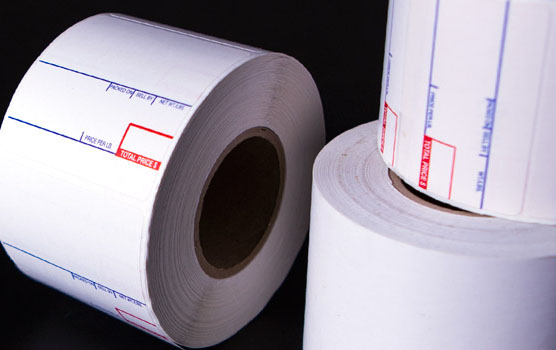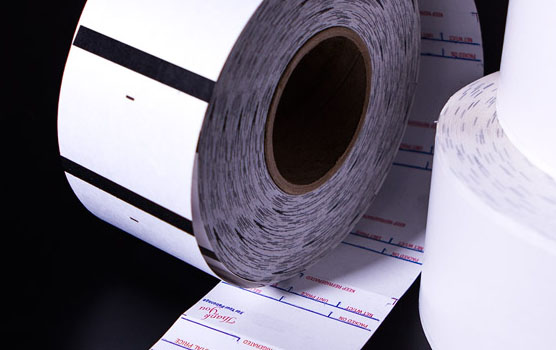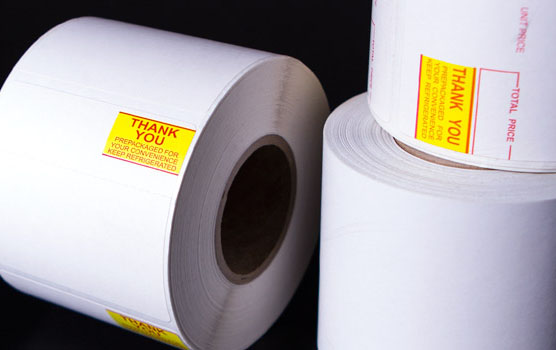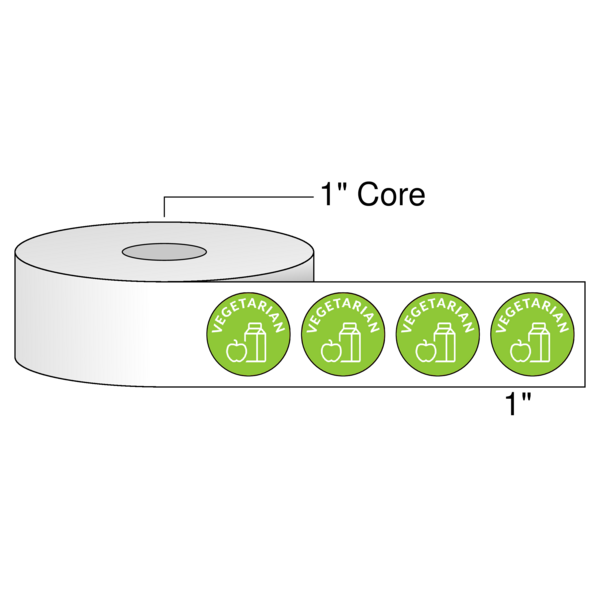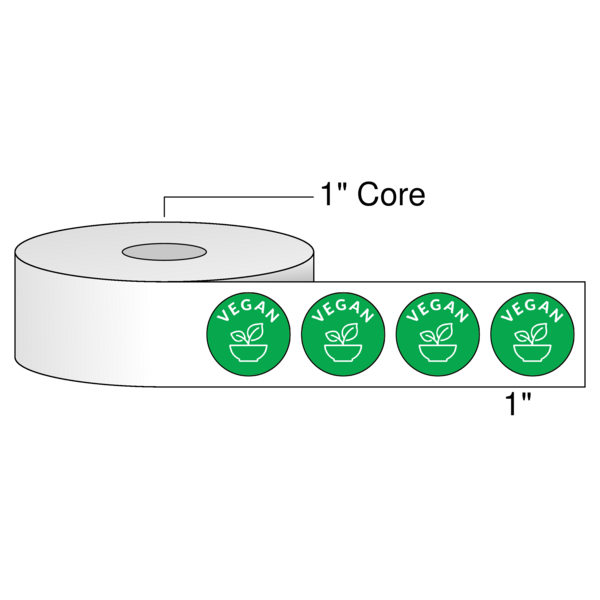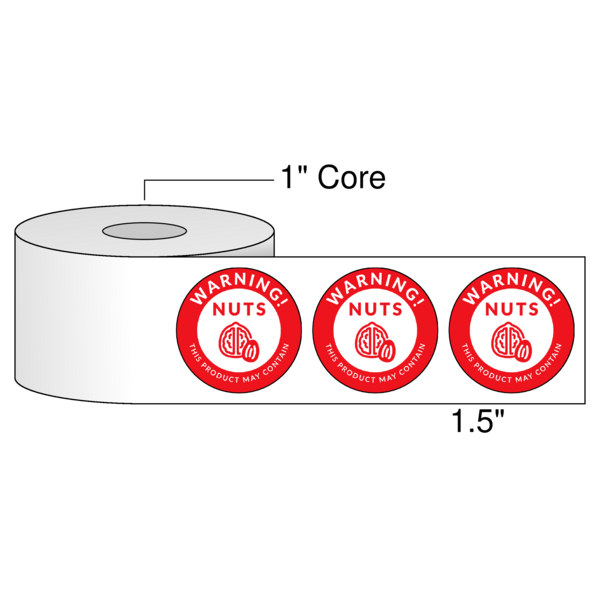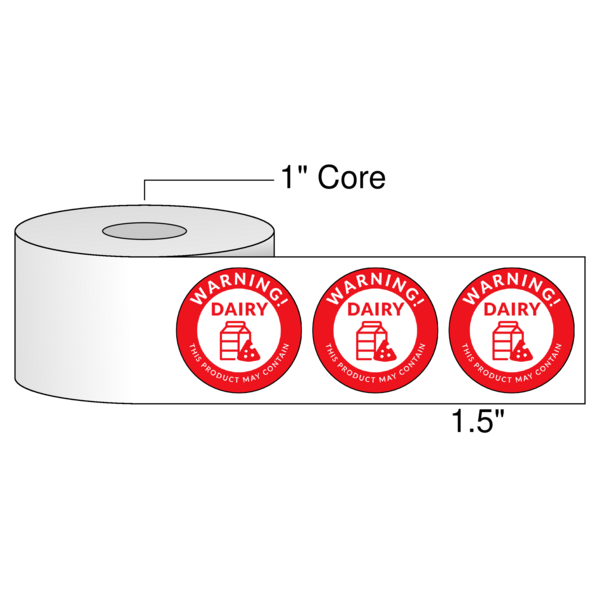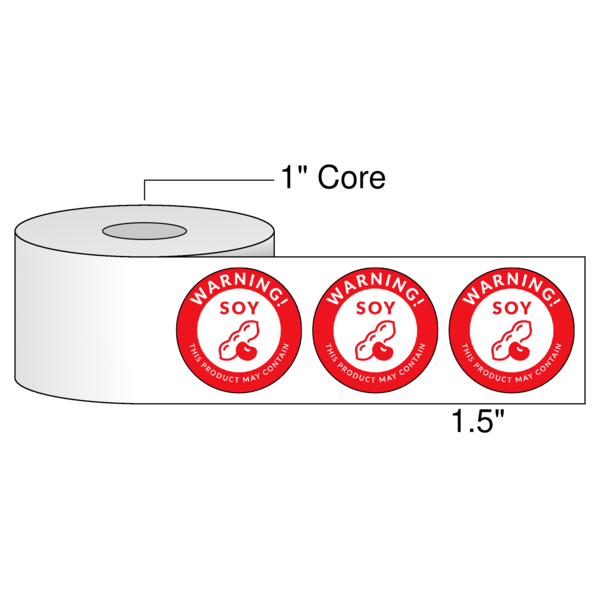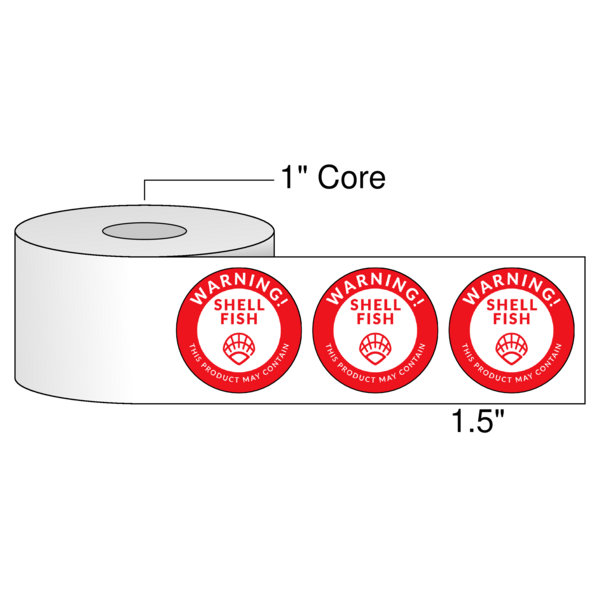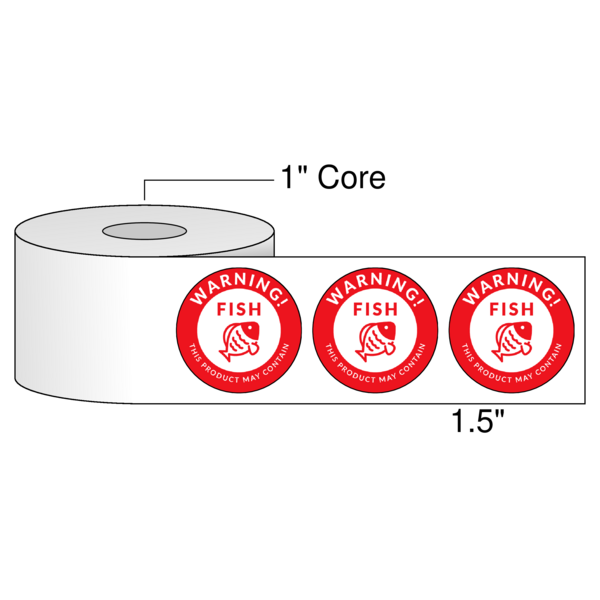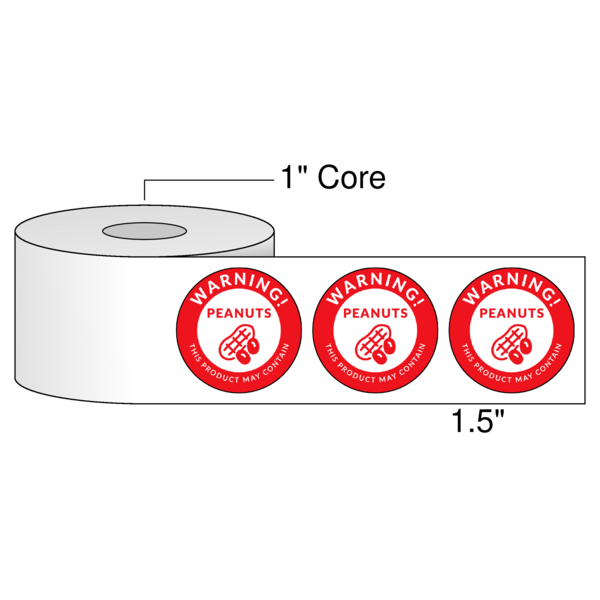What Every Baker Needs to Know About Bakery Labels
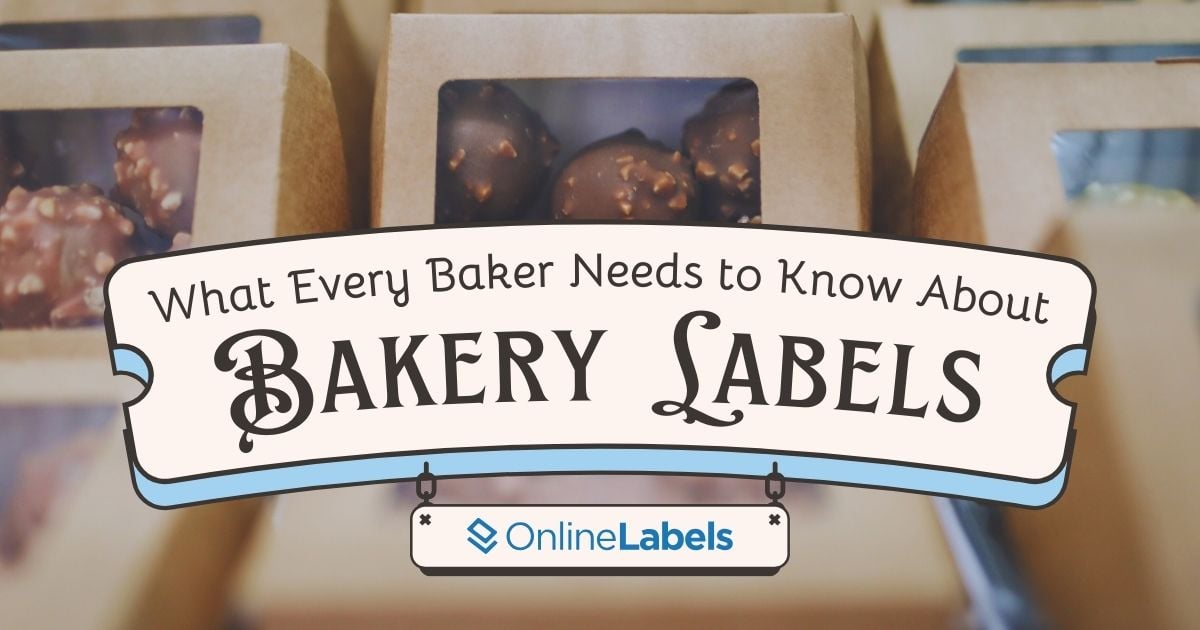
Bakery labels are more than just stickers or labels in a package; they are essential agents of branding, norm compliance, and ingredient information. In this guide, we've gathered everything you need to know about bakery labels, from regulations to design tips. We'll also include details on other labels frequently found at a bakery: scale labels and diet & allergy labels.
What is Baked Goods Label Requirements?
Understanding bakery label guidelines can be overwhelming, especially with all the regulations and ingredient precautions they must include. However, a well-designed bakery label can help you provide critical information to your customers about the product, such as ingredients, allergens, weight, etc. Below, we've provided a breakdown of all the essential steps to include information in your label:
Make Sure Everything is Compliant!
Each state carries its legal requirements, called cottage food laws, that must be followed before you can sell your baked goods. In some states, such as California, bakery labels must indicate that the goods have been inspected or include the appropriate licensing. Research your state's applicable cottage food laws to follow the proper guidelines before labeling and selling.
Essential Information to Include on Your Bakery Labels
Even if your state doesn't require a license, you must still label every product with specific information.
Here is a typical example of a bakery label approved by the FDA, along with a breakdown of each of its parts:
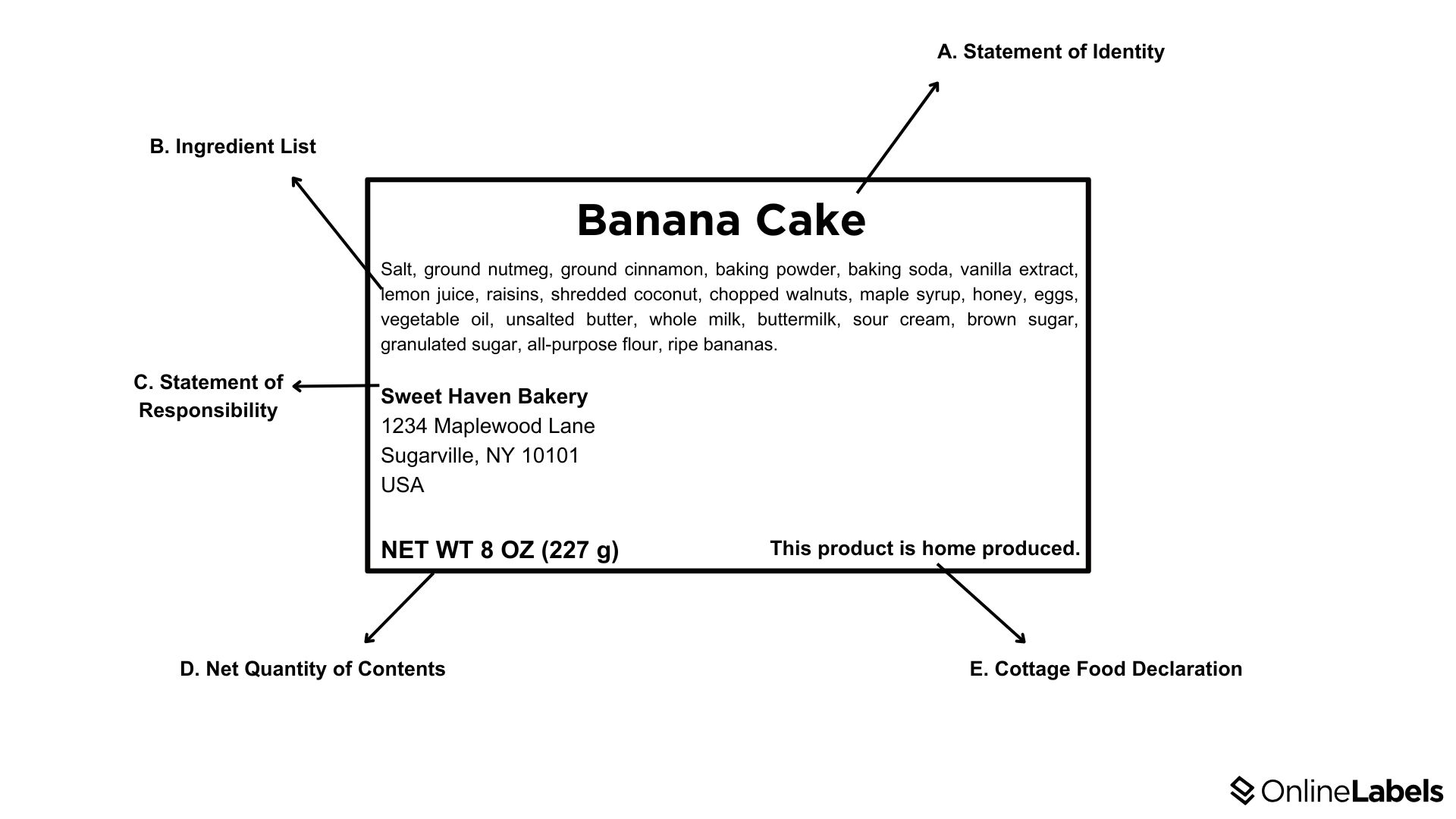
- A. Statement of identity: the company's name and should identify the product.
- B. Ingredient list: all ingredients used in the product in descending weight order. If any ingredient comprises two or more sub-ingredients, those must also be added to the list.
- C. Statement of responsibility: the company's address, website, and phone number.
- D. Net quantity of contents: displays how much a product weighs.
- E. Cottage food declaration: this will depend on where your products will be sold, but it should include the approved type of food products in the state.
Where to Sell Your Cottage Foods
The Department of Agriculture includes a list of approved methods to sell your products. For example, the Florida Department of Agriculture authorizes sellers to sell their goods through websites, mail orders, and directly to customers. However, it also states that they can't sell wholesale.
For more information, check out the Department of Agriculture website, which has information and FAQs organized by state.
How to Choose the Right Label Material for Your Bakery Labels
Material choices can vary depending on the necessities of your products and the environment where they will be placed.
Below is a chart showcasing the common scenarios baked goods may encounter, the recommended label materials, and the scenarios they may suit.
| Potential Scenario | Recommended Label Material | Material Properties |
|---|---|---|
| Packaging in refrigerated or frozen storage | Weatherproof Polyester Laser | This material is designed to withstand moisture and changes in temperature. |
| Products with oily or greasy surfaces | Custom Roll Labels | Oil and grease can damage a label after it's printed. Custom roll labels are laminated after printing and locking in inks. |
| Transparent or clean packaging |
Clear Gloss Laser
Clear Matte Laser Clear Gloss Inkjet Clear Matte Inkjet |
Clear labels can provide a transparent look, which makes the interior of the packaging stand out more. |
| Products requiring a change in the expiration date or updates in ingredient composition | Removable White Matte | This material allows labels to be easily removed without leaving residue, which is perfect for updating package information. |
| Color-coded labeling for inventory or organization | Color Thermal Labels | They are used for inventory and for categorizing certain products. |
Other Types of Bakery Labels
Product labels are not the only types of labels that are commonly found at a bakery. Scale labels and dietary warning stickers can make operating your bakery much more efficient.
Scale Labels
For businesses that sell products by weight, scale labels are essential for maintaining accuracy and efficiency in pricing. These labels typically print product weight, price per unit, total cost, and other relevant details directly onto the label.
Why Use Scale Labels?
- Scale labels can help ensure your customers are charged correctly based on the weight of the purchase. This scenario is typical for bakeries selling bread or pastries by the pound.
- They allow you to print on demand when a customer orders, reducing waste.
- Most scale label printers use direct thermal technology, which doesn't require ink or toner.
We offer a variety of scale labels, including labels for CAS, Hobart, and Toledo Scales.
Dietary and Allergen Labels
Many customers present dietary restrictions, food allergies, or specific food preferences. Dietary and allergen labels can help customers make informed decisions when purchasing at a bakery. Although bakery labels already have information on allergies, diet, and allergen restrictions, these stickers can also be a visual aid to help customers quickly identify products that fit their needs.
Why Use Dietary and Allergen Labels?
- Labels with common allergens, such as gluten, dairy, soy, etc., can help prevent accidental consumption of harmful ingredients.
- Catering for dietary preferences such as vegan and gluten-free can help consumers make conscious choices based on food preferences.
- A business that encourages transparency and lists can help attract customers interested in that branch of products, which can help build a reputation for the company.
Take a look at some of our pre-printed diet & allergy warning labels below:
How to Print Labels for Your Baked Goods
Whether you want to print product labels, logo stickers, or anything else, Maestro Label Designer has you covered with user-friendly tools and custom design templates.
How to Design Bakery Labels
1. Start by opening Maestro Label Designer on your desktop and click Start Designing.
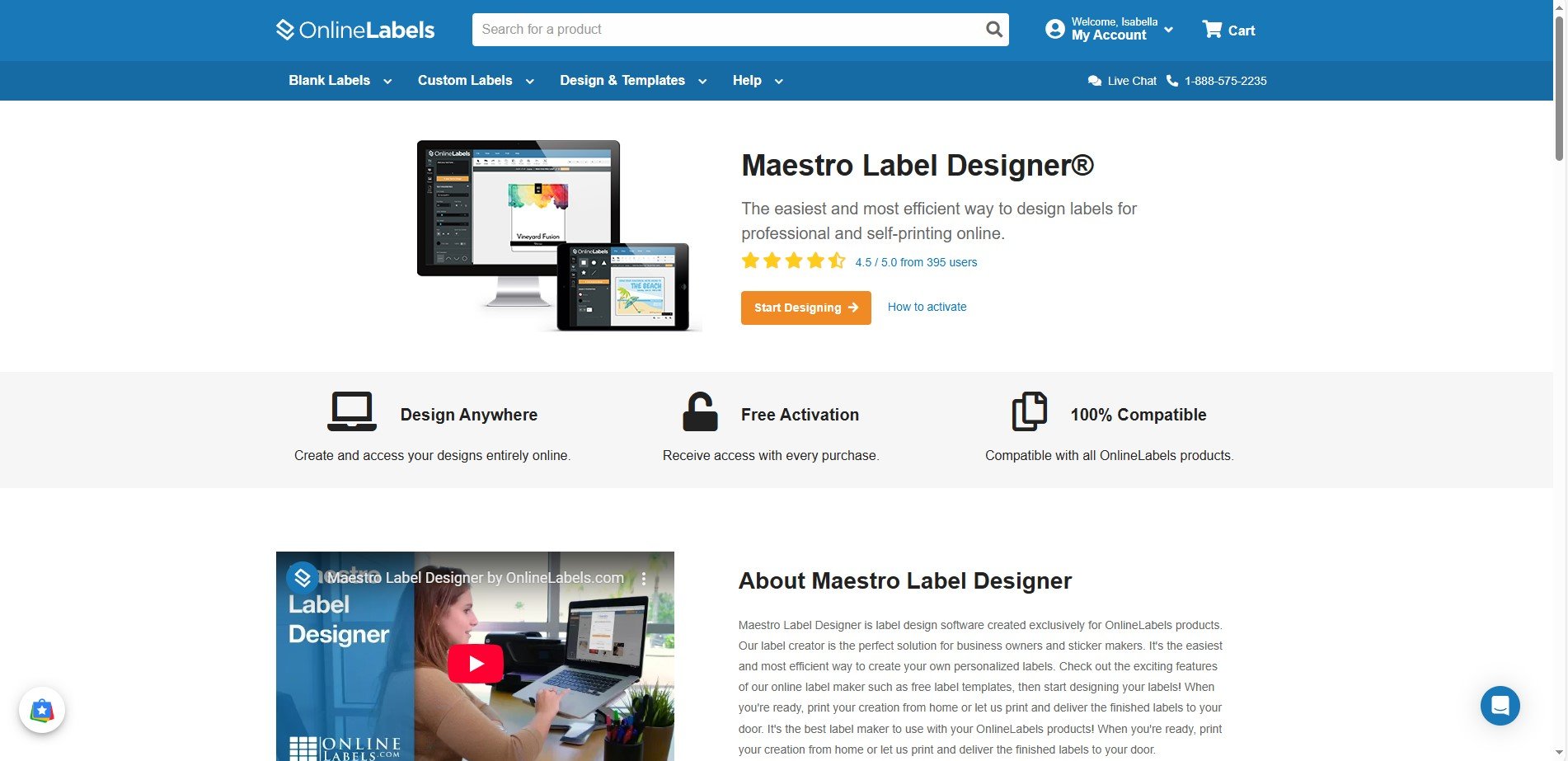
2. Click on Blank Templates on the left side of your screen. This will open a selection of label sizes.
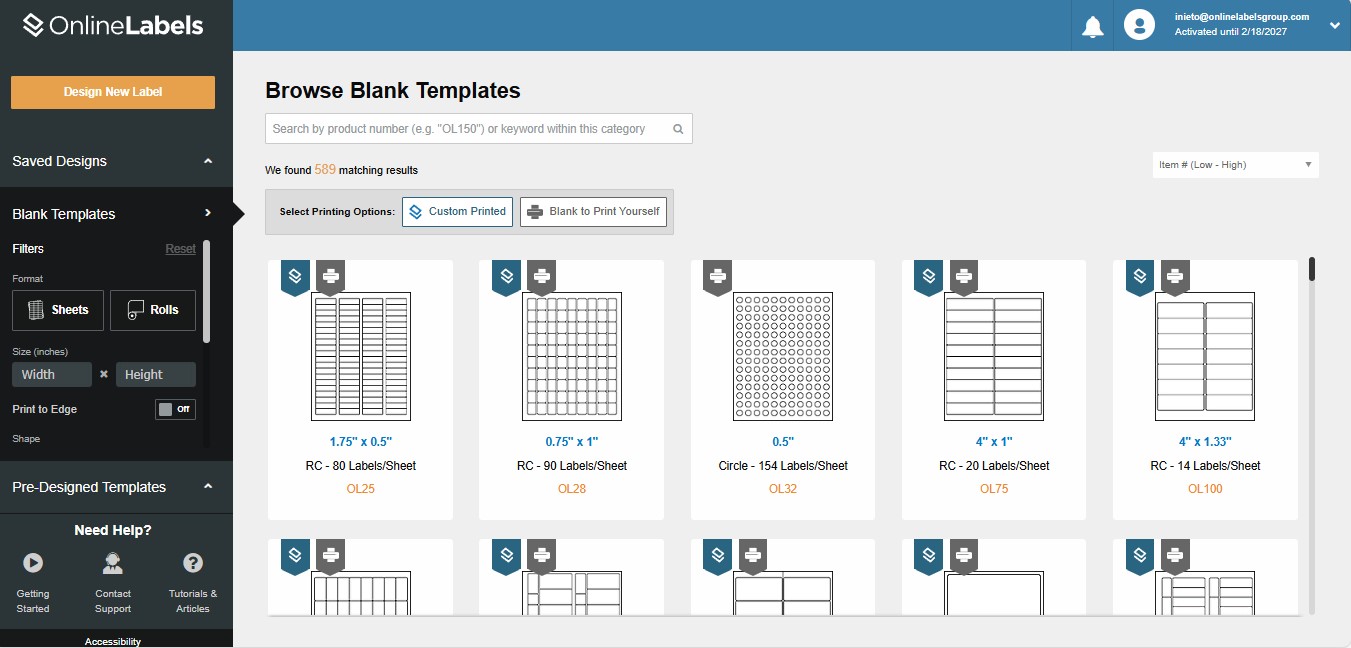
3. Browse label sizes, or search for your product code if you already have blank labels.
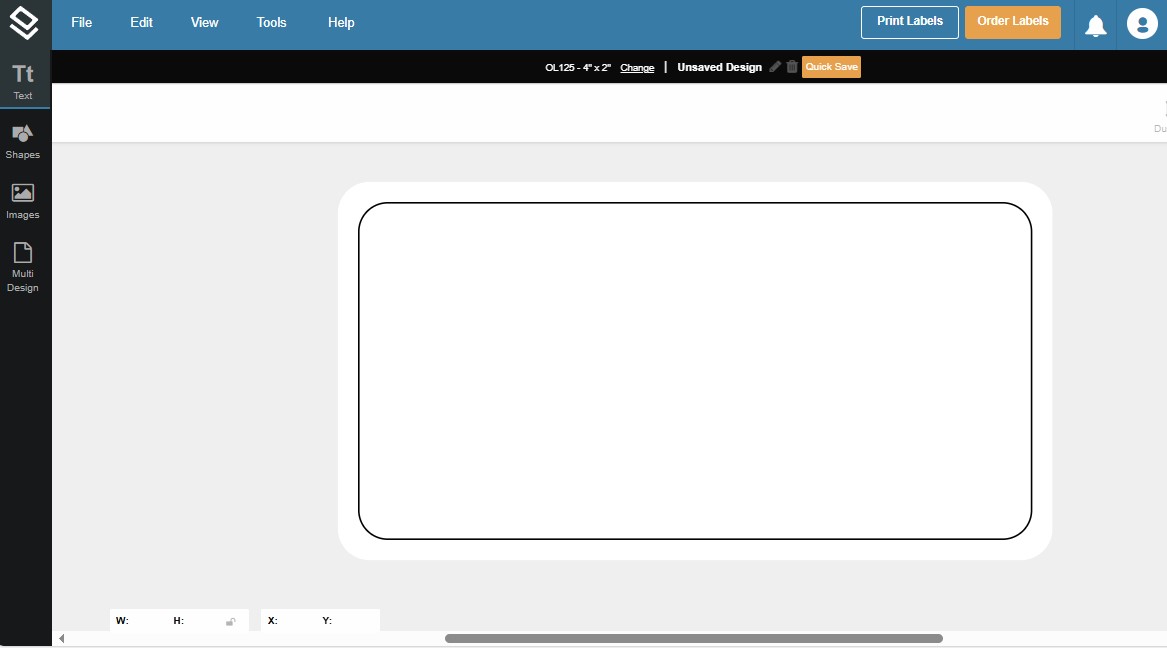
4. Add all of your product information using the tools on the left-hand toolbar.

5. Finally, you can either print your labels yourself or choose the custom labels option and order them through us.
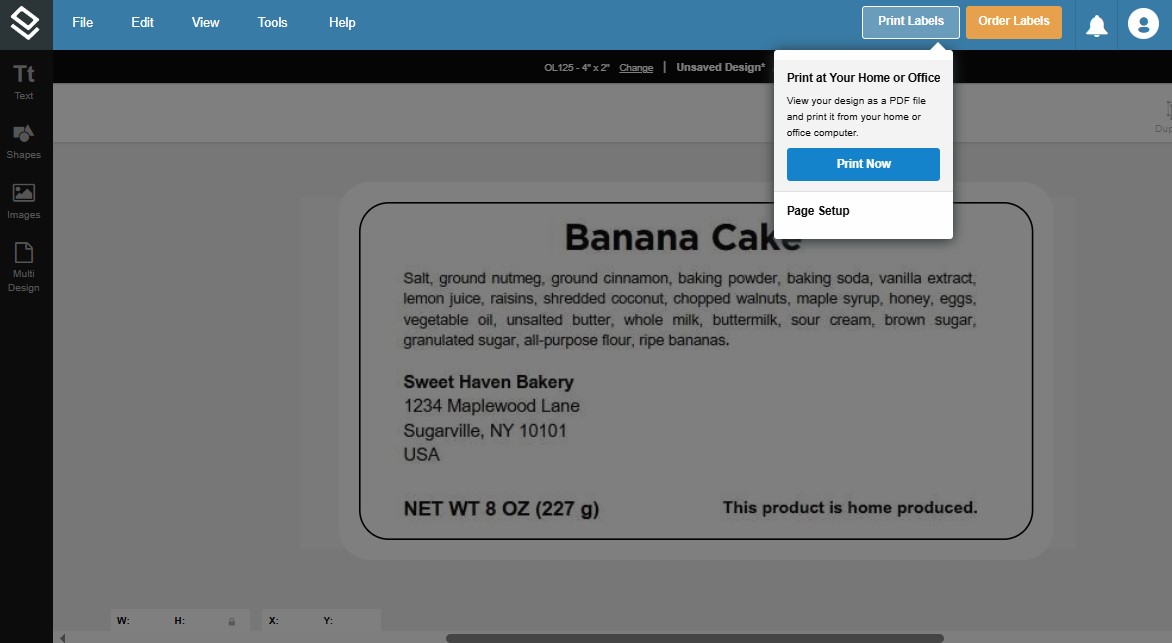

Are You Ready to Start Creating Your Bakery Labels?
Bakery labels are more than just a regulatory requirement; they are a powerful tool for customer satisfaction and safety. You can create informative and visually appealing labels by ensuring legal accuracy, selecting the right materials, and knowing how to incorporate them into your products. Ready to take your bakery labels to the following label? Start designing today!


